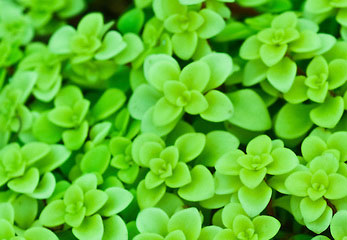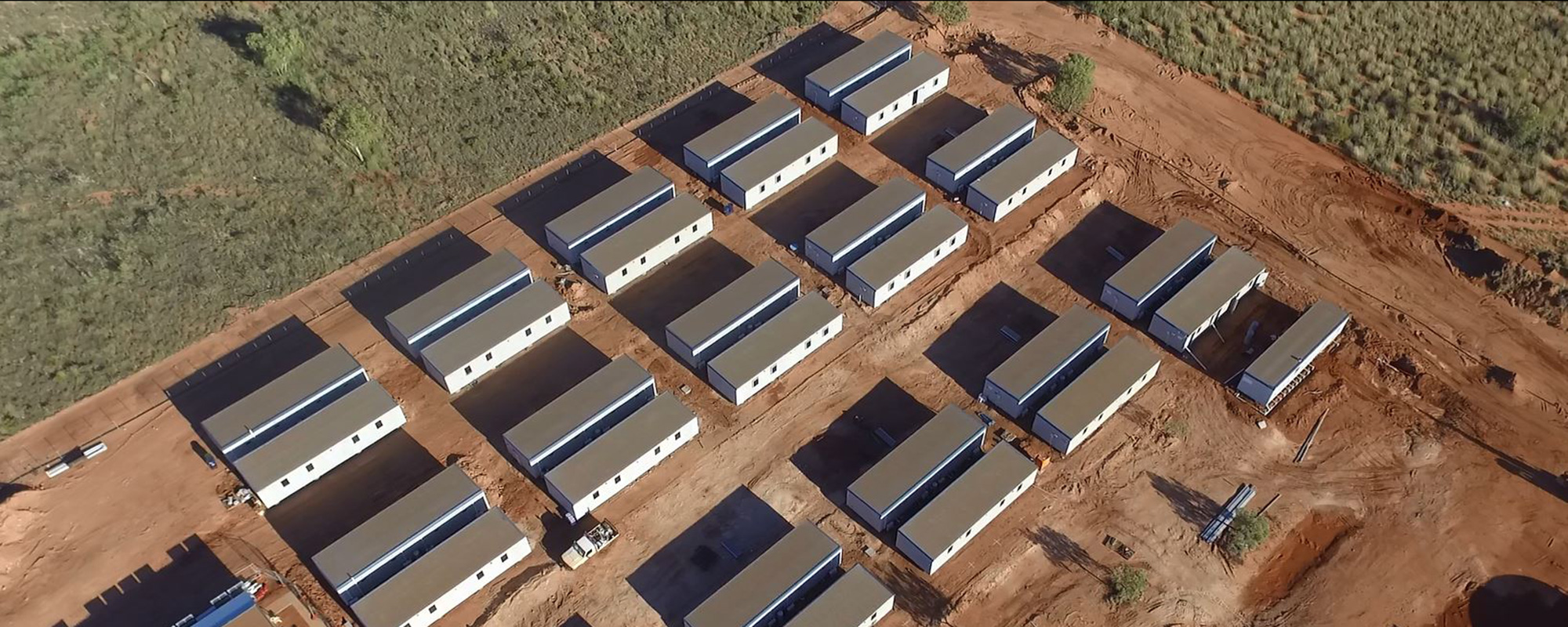
15 Jun Tips to keeping your garden healthy and thriving all year round
WATERING
Many home owners unnecessarily over water their lawns and gardens. The best way to water your turf is to give less frequent, but deep waterings. The water will penetrate deep into your soil, and the top layer of soil will dry out. This will encourage roots to grow deep searching for water, making them much more drought and heat tolerant requiring less water. If you water every day, the top layer of soil stays moist which allows the turfs roots to be lazy and stay on the top. When the sun bakes down onto the soil, the top layer where all the roots are dries out quickly and you will see your turf wilt during heat. If the roots are deep down, they will be protected from the heat and will have plenty of moisture available to them as the lower soil layers are still moist.
AERATING YOUR LAWN
Aerating your lawn each year will also allow water to penetrate deeply. If you are preparing a new lawn to be laid, ensure there is organic matter or more actual soil and not a sandy mixture in the lower layers for roots to establish in. If you turf underlay is too sandy, it will drain very freely and you will need to irrigate more often. A sandy layer is fine for the top 50mm, allowing the water to easily infiltrate deep into the lower layers which will hold the moisture.
LAWN MOWER HEIGHT
Raise the height of your lawnmower so that the turf has longer leaf blades. A higher cut turf will shade roots much more than a short cut lawn.
MULCH
Mulch garden beds 50-100mm thick to retain moisture and prevent soil drying out from heat and wind. Wind will quickly dry out soils and mulch will help retain moisture.
WETTING AGENTS
Use a wetting agent to help overcome hydrophobic (Water repellent) soil. Over time some soils can repel water due to the individual soil particles being coated in oils from breaking down mulch or leaves from nearby trees. A wetting agent will help remove these oils allowing your soil to absorb water again. The addition of organic materials such as composted manures and mushroom compost can also help hydrophobic soils and aid water absorption.
SAVE WATER
Install a weather station so that your controller will adjust run times based on actual weather at your property. Weather stations save around 30% of water use by reducing run times during cooler weather and increasing run times during warmer weather, instead of a pre-set amount of time regardless of what the weather has been doing.
PLANTING
Group plants together that have the same water requirements, in other words don’t plant thirsty plants with drought hardy plants.


